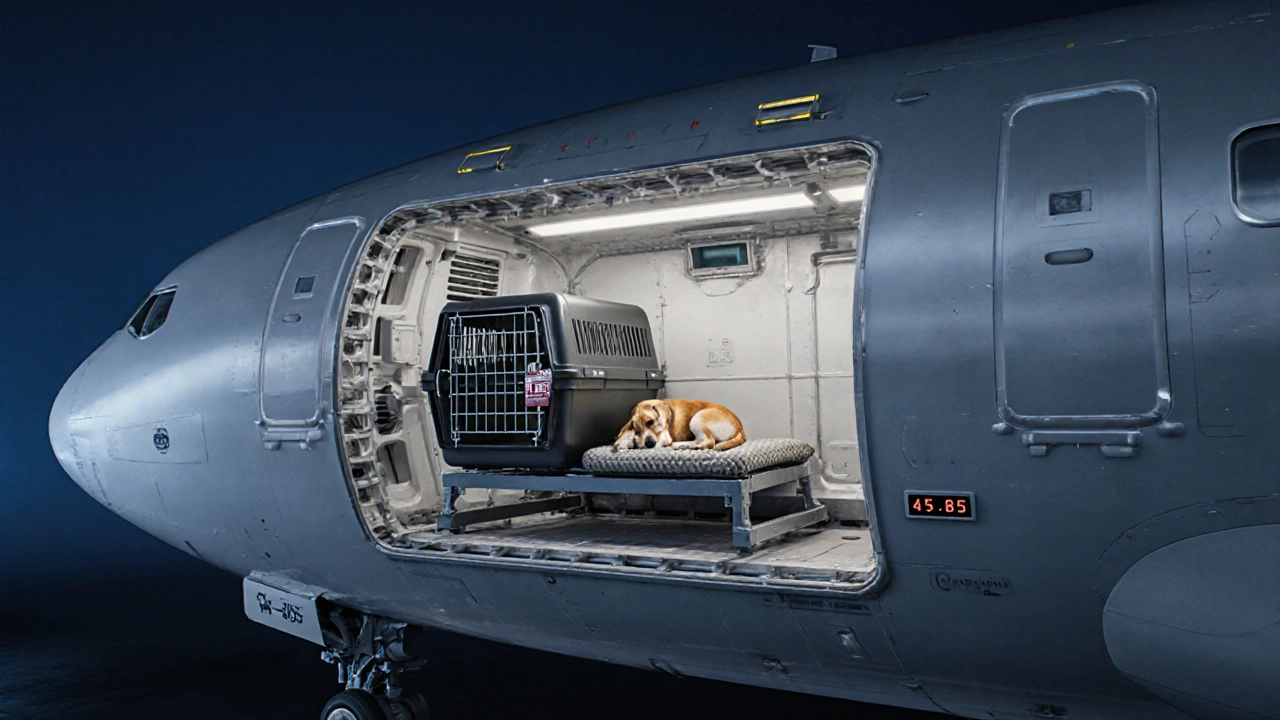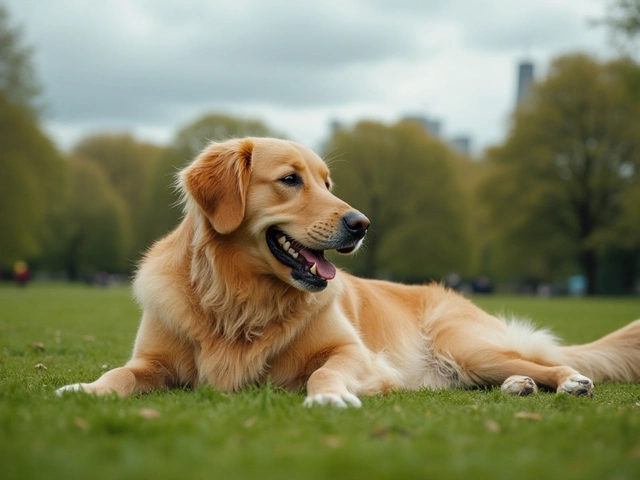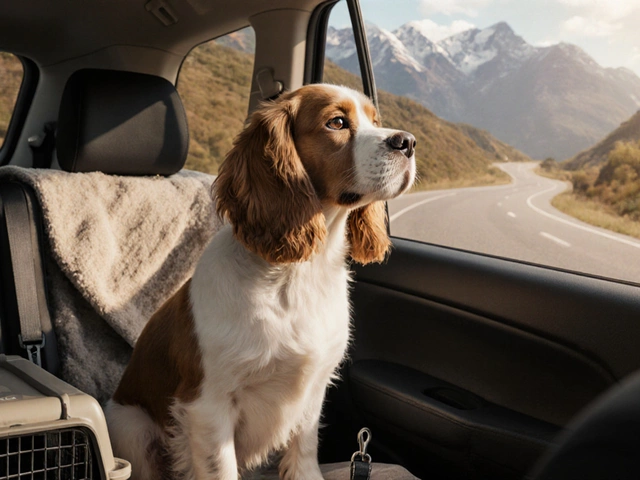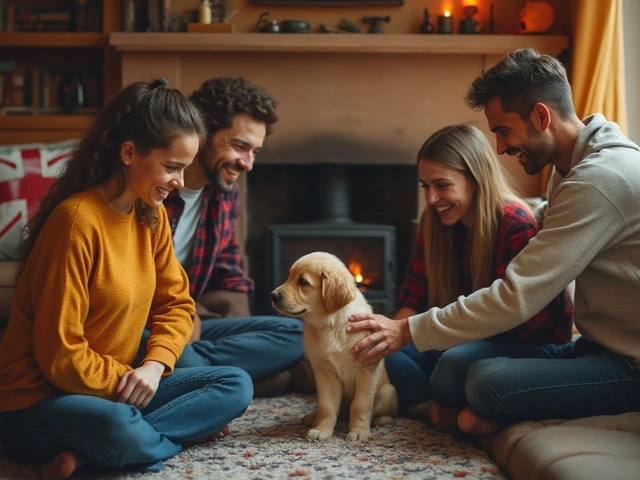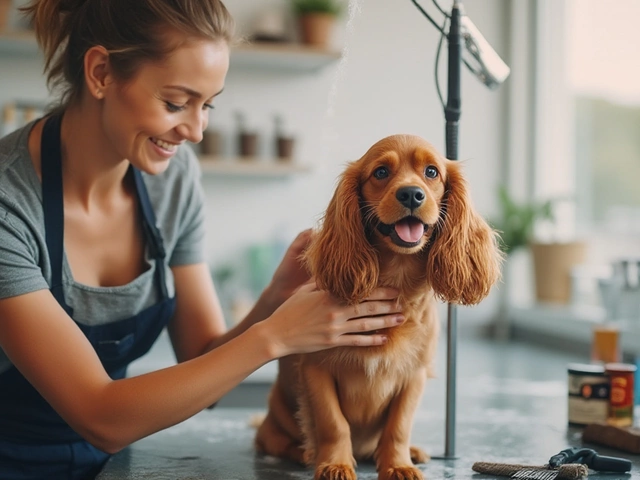When you book a flight for a furry friend, the big question that pops up is whether the airline will actually feed them while they’re tucked away in the cargo hold. The short answer is: it depends on the carrier, the route, and the regulations that apply. Below we break down how airlines handle feeding, what rules shape those policies, and how you can make sure your pet stays hydrated and comfortable from gate‑to‑gate.
Understanding the Cargo Environment
Pet cargo isn’t a free‑standing kennel; it’s a section of the airplane’s belly that follows the same temperature and pressure guidelines as regular freight. Most major airlines use a temperature‑controlled cargo hold that keeps the space between 45°F (7°C) and 85°F (29°C) for short‑haul flights and tighter ranges for long‑haul journeys. The hold is pressurized, so your pet experiences roughly the same air density as the cabin, but it’s also isolated from crew interaction, which is why feeding policies matter.
Regulatory Framework That Governs Feeding
Two bodies set the baseline for live‑animal transport: the International Air Transport Association (IATA) a trade organization that publishes the Live Animals Regulations (LAR) used by airlines worldwide and the U.S. Department of Agriculture (USDA) which enforces the Animal Welfare Act for flights originating or terminating in the United States. Both require that animals be provided with adequate water, food, and ventilation, but the specifics-like how often food must be offered-are left up to each airline’s SOP (Standard Operating Procedure).
What Airlines Actually Do: Policy Overview
In practice, most carriers treat feeding as a responsibility that falls on the owner before and after the flight, not during the journey. Here’s a quick look at the most common approach:
- Pre‑flight feeding: Owners are asked to feed their pet a light meal 4-6 hours before departure to avoid nausea.
- During‑flight water: Many airlines supply a small water dish attached to the carrier, but they do not replenish it mid‑flight.
- Long‑haul considerations: For trips longer than 8 hours, some carriers allow a second light meal if the pet is in a specialized container that has a separate food compartment.
Below is a side‑by‑side comparison of the top five U.S. and European airlines and how they address feeding in cargo.
| Airline | Standard Feeding Policy | Water Provision | Temperature Range (°F) | Special Notes |
|---|---|---|---|---|
| Delta Air Lines | Owner feeds 4 hrs before; no in‑flight feeding | Water dish attached; not refilled | 45-85 (short‑haul), 50-70 (long‑haul) | Approved “Delta Live Animal Kit” includes absorbent pad |
| United Airlines | Same as Delta; optional light snack on >8 hr trips | Water bottle with perforated cap | 46-84 | Requires USDA health certificate for U.S. routes |
| American Airlines | Owner feeds 3‑4 hrs prior; no mid‑flight meals | Non‑refillable water cup | 45-85 | Uses “PetSafe” carrier standards |
| British Airways | Light meal 5 hrs before; no feeding in‑flight | Water dish glued to carrier; not topped up | 48-78 | Mandatory “Airline Approved” carrier with ventilation slots |
| Lufthansa | Owner feeds 4‑5 hrs prior; may offer a small treat on >10 hr flights | Water bottle attached; not refilled | 46-80 | Requires EU pet passport and health certificate |
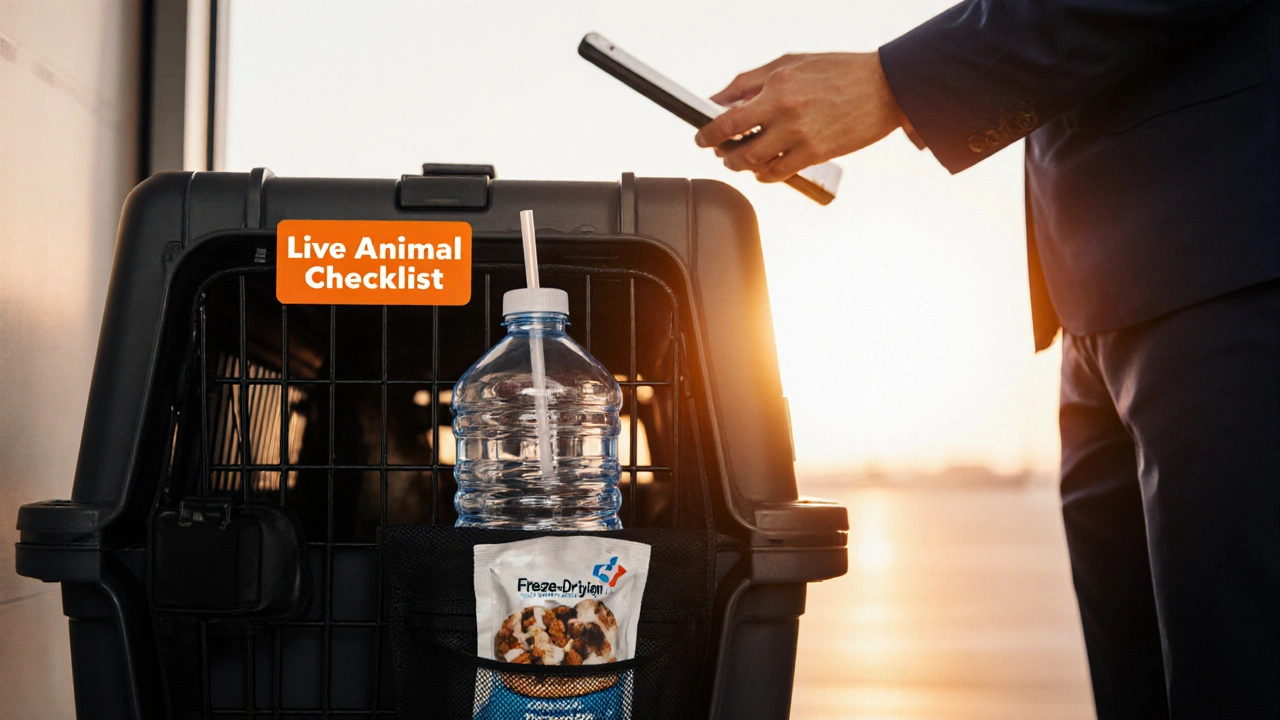
How to Ensure Your Pet Gets Enough Food & Water
Even though airlines leave most of the feeding to you, there are proven tricks that increase the odds your companion stays hydrated and comfortable:
- Use a freeze‑dry food pellet. It rehydrates slowly, providing moisture for up to 12 hours.
- Attach a small water bottle with a straw. Make sure the tip stays inside the carrier and test for leaks.
- Line the carrier with an absorbent mat. It prevents spills from soaking the pet’s paws, which can cause stress.
- Label the carrier. Include a clear note: “Feed after 4 hrs - No feeding during flight”. Ground staff often read this label before loading.
- Ask the airline for a “live‑animal special handling” tag. Some carriers will note the tag and double‑check water before loading.
Common Pitfalls and How to Avoid Them
Traveling with pets in cargo can feel like navigating a maze of rules. Here are the mistakes most owners make and the quick fixes:
- Skipping the health certificate. Without a USDA or EU‑approved certificate, the airline can refuse to load the animal, leaving you stranded.
- Choosing a carrier that’s too small. A cramped carrier reduces airflow and makes it harder for the pet to access water.
- Feeding a big meal right before departure. This can cause vomiting, especially on turbulent flights.
- Relying on the airline to provide food. As the table shows, most carriers do not replenish food mid‑flight.
- Not checking temperature limits for the route. Some long‑haul routes pass through extreme climates; the carrier’s temperature‑controlled system may be turned off if limits are exceeded.
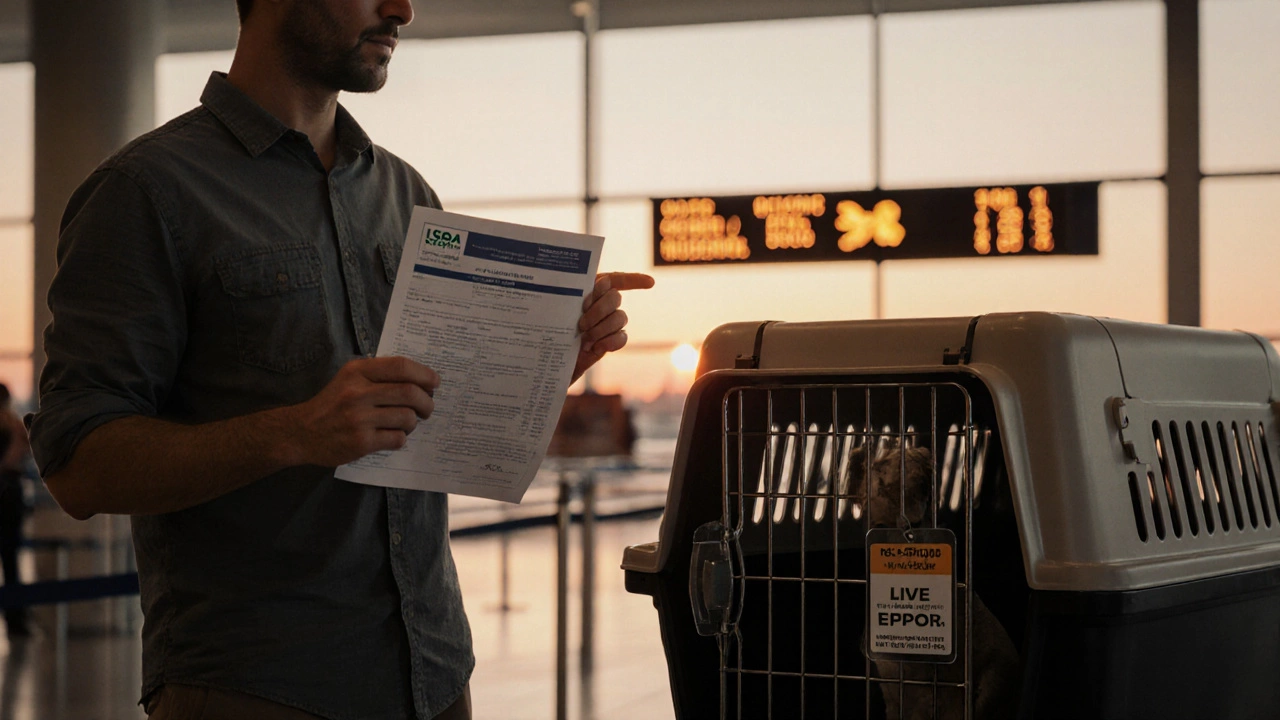
Pre‑Travel Checklist for Cargo‑Bound Pets
Print this out, tick the boxes, and keep it in your carry‑on. Having a tangible list helps you stay organized and proves to airline staff that you’re prepared.
- ✅ Verify the airline’s live‑animal policy (download from website).
- ✅ Obtain an up‑to‑date health certificate (USDA or EU, as required).
- ✅ Book a direct flight whenever possible; fewer transfers mean fewer handling points.
- ✅ Use an IATA‑approved carrier with ventilation slots and a secure latch.
- ✅ Attach a visible “Live Animal” sticker and a feeding instructions label.
- ✅ Provide a freeze‑dry snack and a sealed water bottle with a straw.
- ✅ Schedule a pre‑flight meal 4 hours before departure.
- ✅ Arrive at the airport at least 3 hours early for check‑in and documentation review.
- ✅ Confirm with ground staff that the water bottle is attached before loading.
- ✅ Keep a copy of the carrier’s dimensions and weight for quick reference.
When to Consider In‑Cabin Travel Instead
If your pet is small enough (under 15 lb) and you’re uncomfortable leaving them unattended for hours, many airlines allow in‑cabin travel. This eliminates the feeding‑in‑cargo question altogether and lets you check on your animal every few hours. However, in‑cabin seats are limited, especially on popular routes, so book early.
Key Takeaways
While airlines generally airline pet cargo feeding policies place the onus on owners to provide food and water before the flight, understanding the regulatory backdrop, choosing the right carrier, and following a solid checklist can make the experience smooth for both you and your pet.
Do airlines feed pets during cargo flights?
Most airlines do not provide meals or refill water while pets are in cargo. They expect owners to feed the animal a few hours before departure and to attach a water dish that remains unchanged during the flight.
Can I request a meal for my pet on a long‑haul flight?
A few carriers (e.g., United, Lufthansa) allow a light snack on flights longer than 8‑10 hours if the pet is in an approved carrier with a separate food compartment. You must request this in advance and follow the airline’s size and packaging guidelines.
What temperature limits apply to pet cargo?
Temperature‑controlled holds typically stay between 45°F and 85°F. Long‑haul flights often have tighter ranges (50°F‑70°F). Check the specific airline’s policy because some routes through extreme climates may be restricted.
Do I need a health certificate for cargo travel?
Yes. The USDA requires a health certificate for all U.S. flights, while the EU mandates an EU pet passport plus a health certificate. The document must be issued within 10 days of travel.
Is it safer to fly my pet in the cabin instead of cargo?
For small pets (<15 lb) the cabin is usually the safest option because you can monitor them, offer water, and adjust the temperature. However, cabin space is limited, and not all airlines allow pets on every flight.

